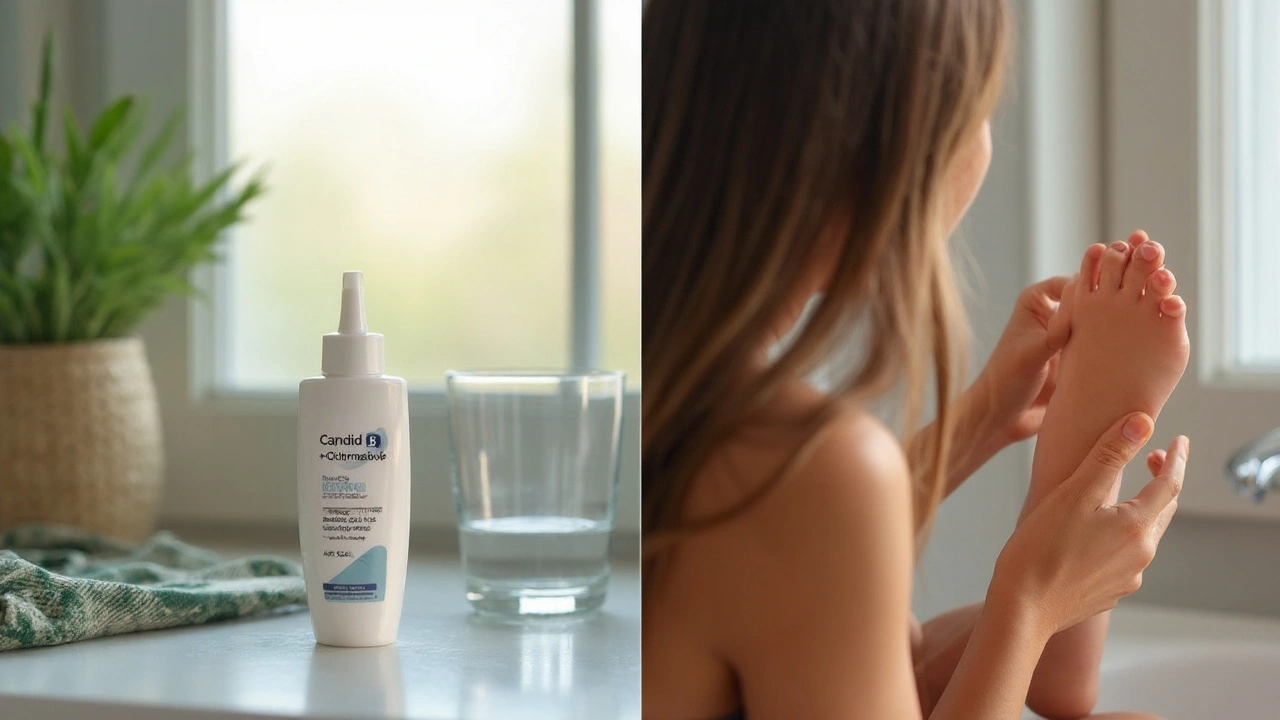Alternative Creams: What They Are and Why They Matter
If you’ve ever felt unsure about the chemicals in a regular moisturizer, you’re not alone. Many people look for alternative creams that rely on gentler ingredients, fewer synthetics, or specific therapeutic benefits. These creams can help you manage dry skin, eczema, or just keep your face feeling fresh without the worry of harsh additives.
Common Types of Alternative Creams
There isn’t a one‑size‑fits‑all label for alternative creams, but a few categories pop up again and again:
- Herbal creams – blends of plant extracts like calendula, chamomile, or aloe. They’re popular for soothing irritated skin.
- Mineral‑based ointments – zinc oxide or petroleum‑free mineral creams that create a protective barrier.
- Silicone gels – used for scar reduction, they’re lightweight and don’t leave a greasy feel.
- CBD or hemp creams – contain cannabinoids that may calm inflammation and itching.
- Capsule‑free, fragrance‑free formulas – built for sensitive skin, they avoid the most common irritants.
Each type has a purpose, so think about what skin issue you want to tackle before you pick a product.
How to Choose a Safe and Effective Alternative Cream
Picking the right cream isn’t just about the label. Follow these quick steps:
- Read the ingredient list. Look for short lists and familiar names. If you see a long string of chemicals you can’t pronounce, it’s probably not a true alternative.
- Check for certifications. Look for USDA‑organic, EcoCert, or other third‑party seals that confirm the product meets strict standards.
- Match the cream to your skin type. Oily skin usually benefits from gel‑based or silicone options, while dry skin loves richer, herbal or mineral blends.
- Test a small patch first. Apply a pea‑size amount to the inside of your wrist or behind your ear. Wait 24 hours. If there’s no redness or itching, you’re probably good to go.
- Consider price vs. value. A higher price doesn’t always mean a better product, but extremely cheap creams often skip quality testing.
When you’re in doubt, ask a pharmacist or dermatologist. They can point out which ingredients might clash with any prescription meds you’re already using.
One common mistake is assuming that “natural” equals “safe.” Some plant extracts can still cause reactions, especially if you have allergies. That’s why the patch test matters.
Finally, store your alternative creams in a cool, dark place. Heat can break down delicate ingredients like essential oils, reducing the cream’s effectiveness over time.
Whether you’re swapping out a standard moisturizer for a soothing herbal blend or looking for a silicone gel to smooth a scar, the key is to stay informed. Read labels, test wisely, and choose products that match your skin’s needs. With the right alternative cream, you’ll keep your skin comfortable and healthy without the worry of unnecessary chemicals.
